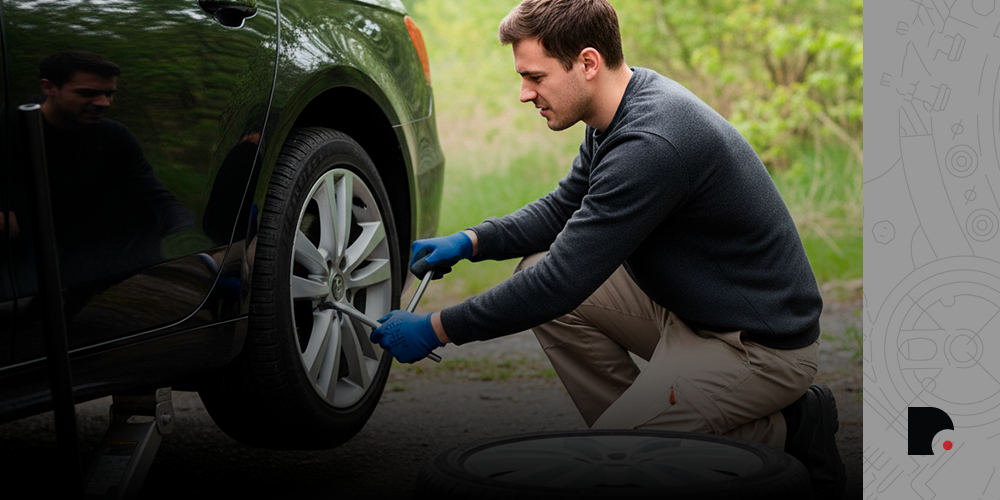In the automotive world, your tires are the only thing touching the road, making them super critical for how safe and well your ride performs. But, there are a ton of myths floating around about them, and trust us , they ain't harmless. These myths can lead you to make bad calls, wear out your tires too fast, and even put your life and your wallet at risk. In this blog, we're gonna bust five of the most common tire myths, giving you the real insights so you can make smart moves and save some cash in the long run.
Myth 1: premium brands are always expensive.
There's this popular idea that going for a well-known tire brand automatically means you're gonna drop some serious dough. While it's true that premium brands pour a lot of cash into research and development, which usually means sharper tech and better performance, you gotta look at the bang for your buck. A premium tire might last longer, save you more gas and handle better in nasty weather, which can totally make up for what you paid upfront. Plus, a lot of premium brands got cheaper lines or deals that make them more accessible. It's key to do your homework and compare, because investing in quality tires is investing in safety and how long they'll last.
Myth 2: you can tell tire health just by looking at it.
Just by looking, a tire might seem all good. But, a tire's health goes way deeper than its outside look. Things like wrong tire pressure, uneven wear, cracks on the sidewall (from sun exposure and age), or inside damage (from hitting potholes or curbs) ain't always clear to see at first glance. A tire that looks fine tread-wise but has the wrong pressure can seriously mess with your stability and grip. You gotta check your tire pressure regularly with a good gauge and look for signs of wear or damage all over the tire, including the sidewalls. Your eyeball test should go hand-in-hand with a professional check-up to catch hidden issues that could put your safety on the line.
Myth 3: all tires are the same for wet weather.
This myth is super dangerous, especially in places where it rains a lot. The truth is, not all tires perform the same when it's wet. The tread design and the rubber compound play a huge part in how well a tire can push water out of the way and keep hugging the road. Tires with wider grooves and directional or asymmetrical patterns are specifically made to get rid of water efficiently and cut down the risk of hydroplaning. Choosing tires that perform well in wet weather is a direct investment in your safety, cutting down braking distance and making your ride more stable on slippery roads.
Myth 4: bigger tires = better performance.
The "bigger is better" mindset often leads drivers to slap on tires that are wider or have a bigger diameter than what the car maker recommends. While sometimes a slightly bigger size might give you a tiny bit more grip or look cooler, going beyond what the manufacturer says can backfire. Tires that are too big can mess with your speedometer and odometer, chug more gas, make more road noise, make the ride less comfy, and, most importantly, mess with your suspension and steering parts, messing up your safety and how the car behaves. It's always best to stick to the original size specs or talk to an expert before making changes.
Myth 5: you don’t need to rotate if you don’t drive much.
Tire rotation is essential maintenance that a lot of drivers skip, especially if they don't drive often. Rotation makes sure your tires wear out evenly, making them last longer and perform at their best. Even if your ride chills in the parking space a lot, the weight distribution and the forces from steering and traction make each tire wear differently. For example, front tires on a front-wheel-drive car wear out faster than the back ones because of steering and braking. Not rotating your tires can lead to uneven and early wear, forcing you to replace them sooner than you should, which means wasting money. It's recommended to rotate your tires every 5,000 to 8,000 miles, or stick to what your car's manual says.
Shop smart, drive safe — discover Dante Tires deals.



